A tour of the Space Launch System (SLS) Artemis-I Rocket.
Worm-hole generators by the pound mass: https://greengregs.com/
For gardening in your Lunar habitat Galactic Gregs has teamed up with True Leaf Market to bring you a great selection of seed for your planting. Check it out: http://www.pntrac.com/t/TUJGRklGSkJGTU1IS0hCRkpIRk1K
Awesome deals for long term food supplies for those long missions to deep space (or prepping in case your spaceship crashes: See the Special Deals at My Patriot Supply: www.PrepWithGreg.com.
Category: space travel – Page 170
Finally! NASA’s Space Launch System is at the rocket pad, ready for launch
The launch of Artemis I will be a symphony of high-powered machinery.
The countdown is well underway to launch NASA’s moon-bound Artemis I mission. NASA is preparing to launch SLS to orbit as soon as Monday, August 29. Once there, the Orion spacecraft hitching a ride atop SLS will detach to make its way towards the moon.
The mission will kickstart NASA’s Artemis launches, which will send humans back to the moon for the first time since 1972, and also pave the way for crewed missions to Mars.
A lot of hard work has gone towards the August 29 launch, culminating in the launch of SLS. The powerhouse rocket’s many components were built by many organizations, each serving a vital purpose. Here is a visualization of the major components of SLS. Below we provide more information on each separate part.
Artemis I Launch to the Moon (Official NASA Broadcast)
Watch live as our mega Moon rocket launches an uncrewed Orion spacecraft on a six-week mission around the Moon and back to Earth. During #Artemis I, Orion will lift off aboard the Space Launch System (SLS) rocket, and travel 280,000 miles (450,000 km) from Earth and 40,000 miles (64,000 km) beyond the far side of the Moon, carrying science and technology payloads to expand our understanding of lunar science, technology developments, and deep space radiation.
Liftoff from Launch Pad 39B at NASA’s Kennedy Space Center in Florida is currently targeted for 8:33 a.m. EDT (12:33 UTC) Monday, Aug. 29, at the start of a two-hour launch window.
Through Artemis missions, NASA will land the first woman and the first person of color on the Moon, paving the way for a long-term lunar presence and serving as a steppingstone to send astronauts to Mars. We are going.
More: www.nasa.gov/artemis
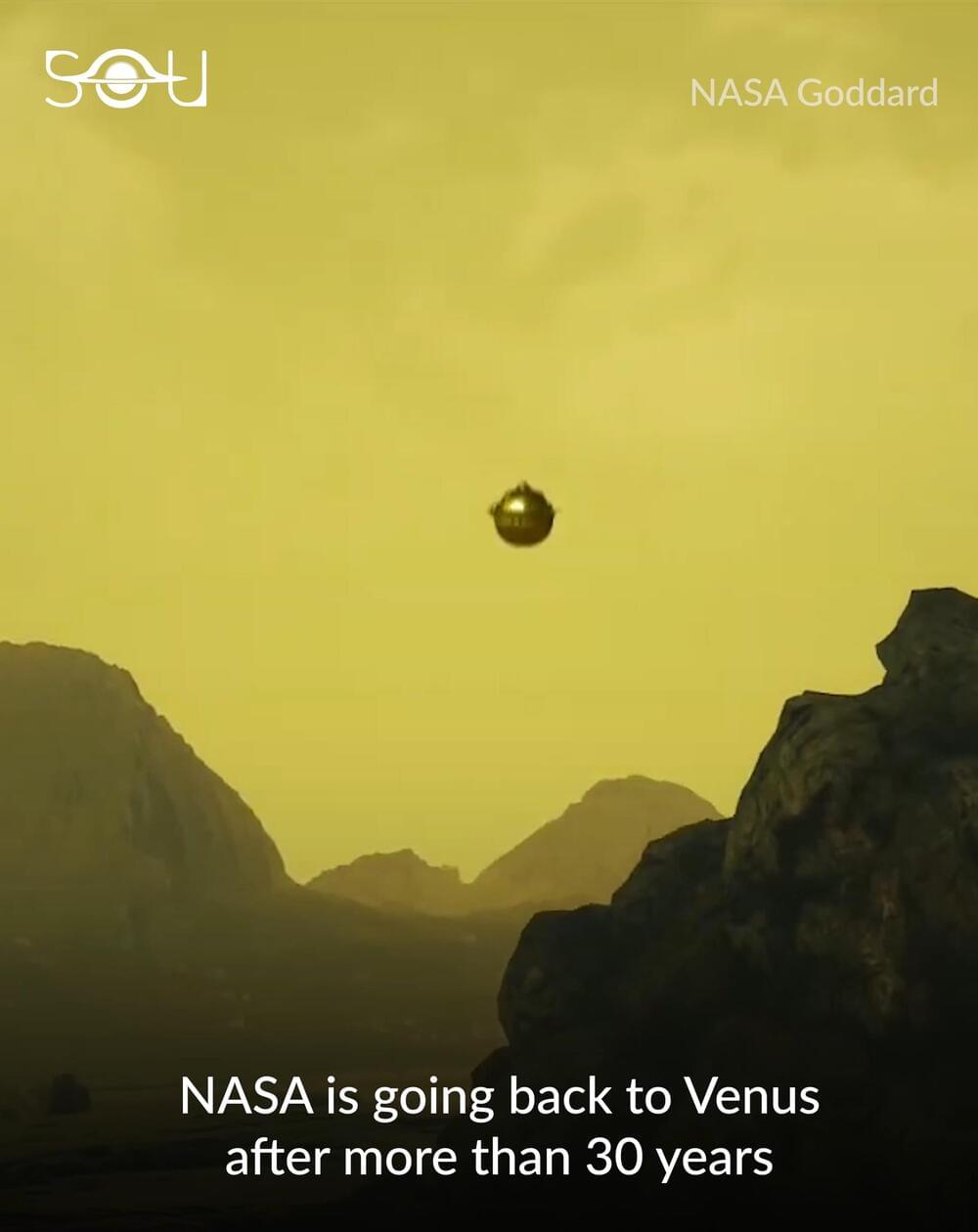
SpaceX Chopsticks Lift Booster 7 with 33 Raptor Engines
SpaceX is lifting Booster 7 onto the orbital launch mount via the Chopsticks. All 33 Raptor engines are installed on the Super Heavy prototype. Booster 7 will be conducting static fire tests at the orbital launch pad in Starbase, Texas.
If you are interested in using footage captured by this stream, please review our content use policy: https://www.nasaspaceflight.com/content-use-policy/
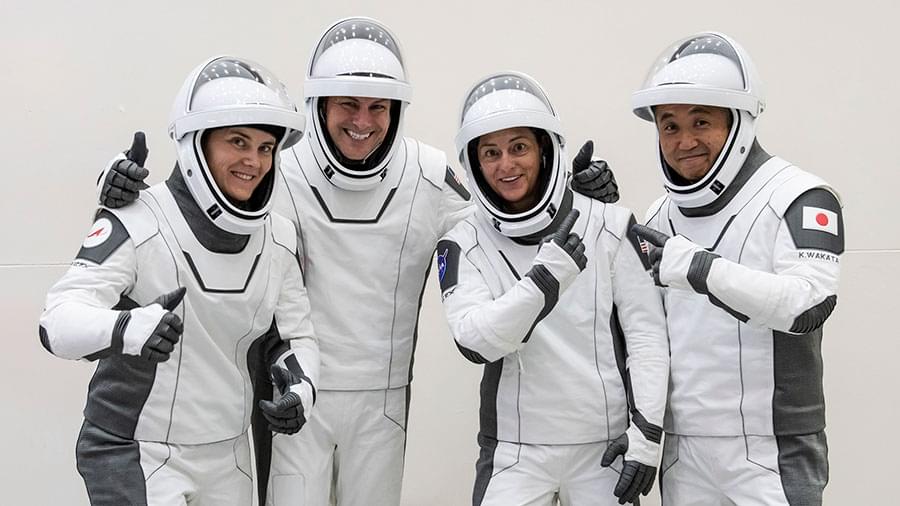
SpaceX, Soyuz Crew Swaps Ramping Up as Life Science Continues
NASA and SpaceX have announced the date for the upcoming Crew-5 launch to the International Space Station. The space station is also orbiting higher today to prepare for next month’s Soyuz crew vehicle swap.
The fifth crewed operational mission aboard a SpaceX Dragon spacecraft has been given a launch date of Oct. 3 from Florida’s Kennedy Space Center. The four SpaceX Crew-5 crewmates, Commander Nicole Mann, Pilot Josh Cassada, and Mission Specialists Koichi Wakata and Anna Kikina will dock Dragon Endurance to the forward port on the station’s Harmony module about 24 hours later.
Several days after that, the four SpaceX Crew-4 astronauts will enter the Dragon Freedom crew ship and undock from Harmony’s space-facing port for a parachute-assisted splashdown off the coast of Florida. Freedom Commander Kjell Lindgren, Pilot Bob Hines, with Mission Specialists Jessica Watkins and Samantha Cristoforetti, have been living and working on the orbital lab as Expedition 67 Flight Engineers since April 27.
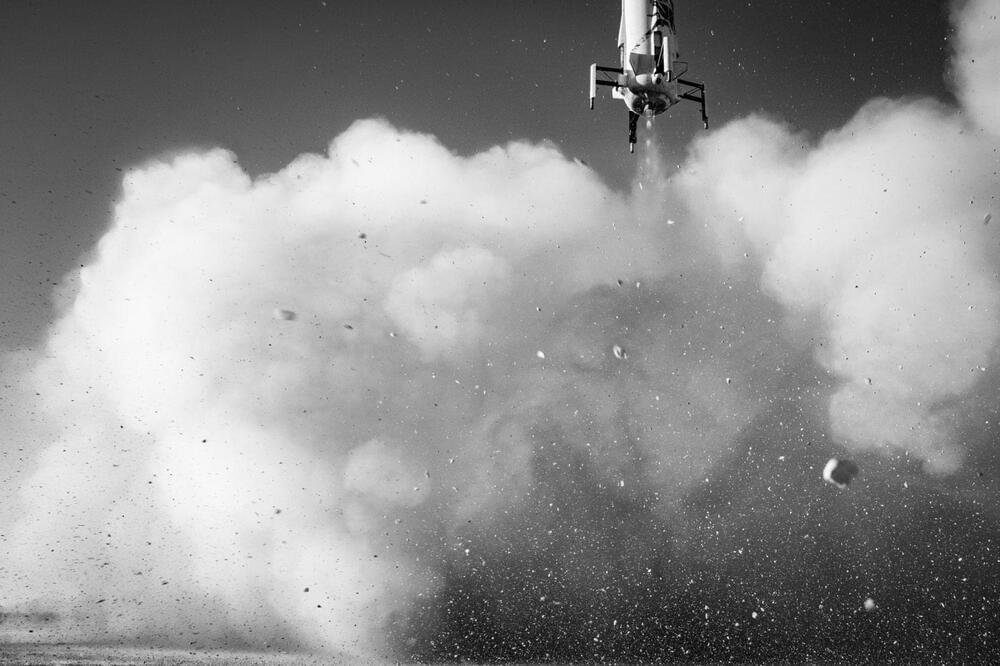
NS-23 to Fly 36 Payloads and Tens of Thousands of Club for the Future Postcards to Space
Blue Origin’s announcement of next weeks’ New Sheppard 23 sub-orbital flight, which will feature a NASA-funded Tipping Point hydrogen fuel cell experiment designed and manufactured by Infinity Fuel Cell and Hydrogen, Inc. It will be the first fuel cell to fly into space since the space shuttle was retired ten years ago this summer, and the first ever to fly into space on a commercial flight.
On August 31, New Shepard’s 23rd mission, a dedicated payloads flight, will fly 36 payloads from academia, research institutions, and students across the globe. The launch window opens at 8:30 AM CDT / 13:30 UTC from Launch Site One in West Texas.
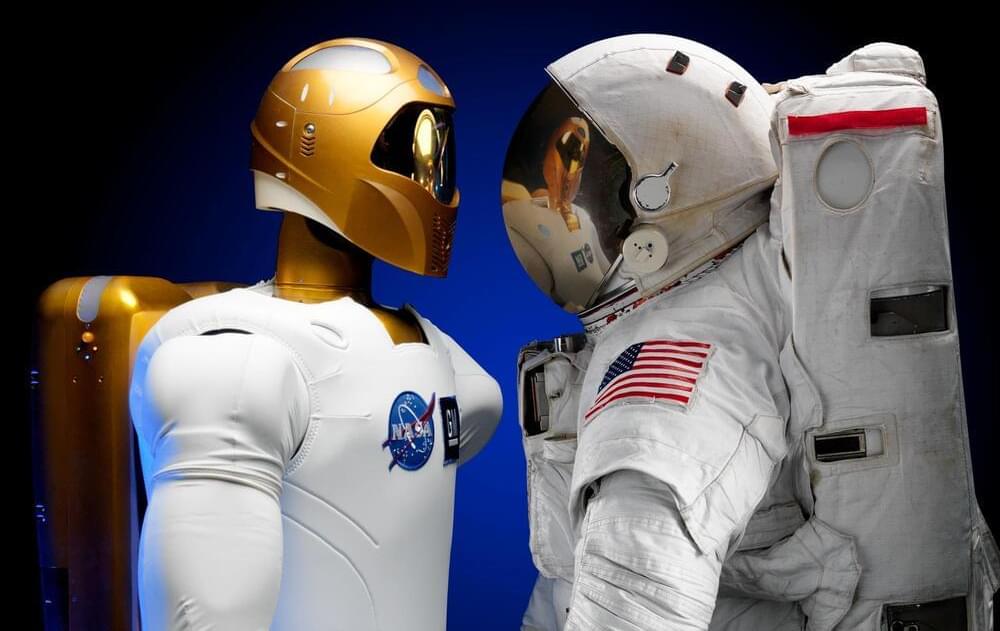
Humans Vs Robots: Who Should Take Over Space Exploration?
Since we began space exploration in the mid-20th century, space agencies have relied on sending humans and robots into space. But should we leave space exploration entirely to robots?
Or should we consider sending humans to explore a new space world instead of robots? You are about to find satisfying answers to these curious questions.
Unlike traveling from one destination to another on Earth, exploring space comes with greater responsibilities. Space agencies hoping to explore a new space world must make a lot of planning to guarantee their success.
Artemis I: We Are Ready
The journey of half a million miles – the first flight of the Artemis Generation – is about to begin. The uncrewed Artemis I mission will jump-start humanity’s return to the Moon with the thunderous liftoff of NASA’s powerful new Space Launch System rocket and Orion spacecraft. This critical flight test will send Orion farther than any human-rated spacecraft has ever flown, putting new systems and processes to the test and lighting the way for the crew missions to come. Artemis I is ready for departure – and, together with our partners around the world, we are ready to return to the Moon, with our sights on Mars and beyond.
Producer: lisa allen, barbara zelon, alysia lee. writer & director: paul wizikowski
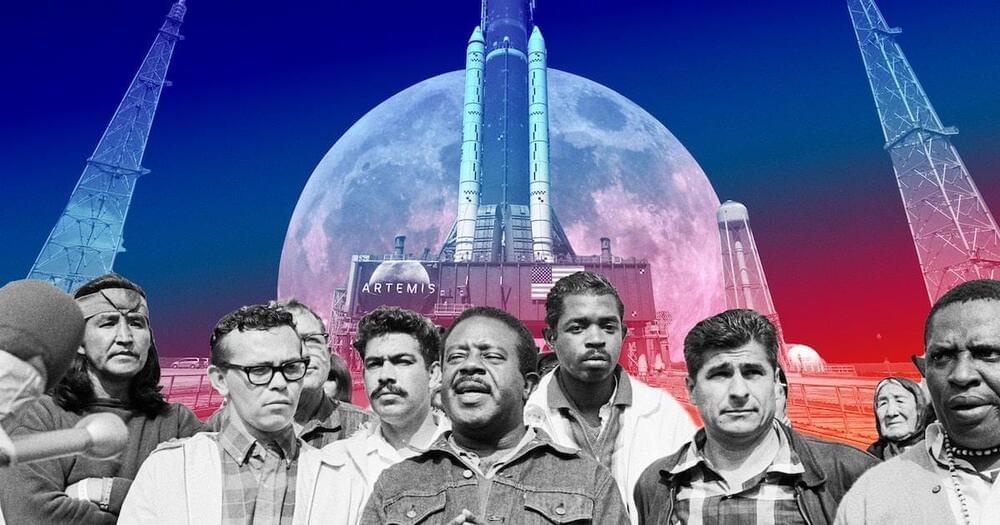
53 years ago, NASA convinced Americans to go to the Moon — can they do it again?
“If we could solve the problems of poverty by not pushing the button to launch men to the Moon tomorrow, then we would not push that button.”
NASA is prepping to send humans back to the Moon as soon as 2026. But Americans remain deeply divided on whether the agency would be better using its money on other endeavors.